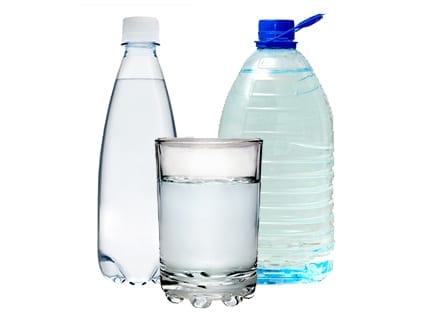How to Desalinate Water
Approximately 71% of the Earth’s surface is covered in water, however, a shortage of drinkable water is always a threat. This is partially because ocean water constitutes 96% of the earths supply, and the human body is incapable of metabolizing the amount of salt this water contains. Removing salt from water, or desalinating it, is an option, but can be an energy-intensive process.
So how exactly does desalination work?
There are two different types of desalination. Distillation is the process of boiling salty water and collecting the condensate, while reverse osmosis uses pressure and a semi-permeable membrane to push water molecules from a more concentrated state to a less concentrated state until equilibrium is achieved.
Purchasing a desalinator—whether it’s battery, generator, or manually operated—is the best option, especially for those that may need drinkable water in an emergency situation. Powered desalinators are capable of producing a decent amount of desalinated water, but require ongoing maintenance during operation. Manual desalinators are typically operated by pumping or supplying consistent pressure to force water through the semi-permeable membrane.
Home and solar distillation are also two other options, but are generally not as efficient. The production of solar distillation is typically small, and home distillation requires a large amount of fuel. Home distillation requires boiling and collecting enough condensation to supply the required amount of drinkable water. Whether the fuel being utilized is gas, propane, or wood – finding enough to complete the process may not be an option. If solar distillation is the option of choice, being prepared is very important. Relying on the sun can be tricky and the power supply may be inconsistent depending on the weather and location. Investing in a solar oven may make the process more efficient, but the drinkable water yield is still relatively small.














